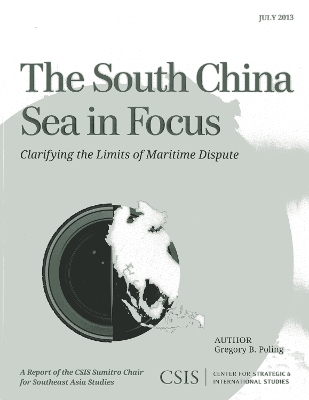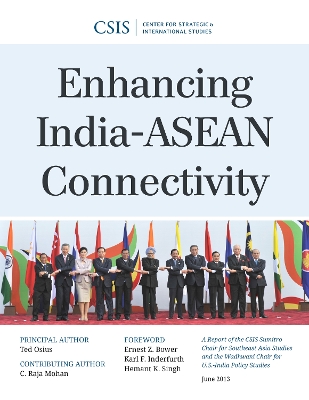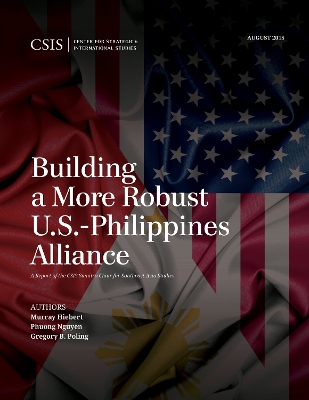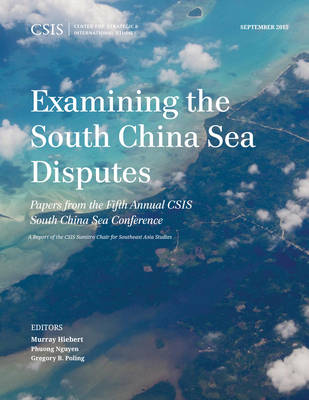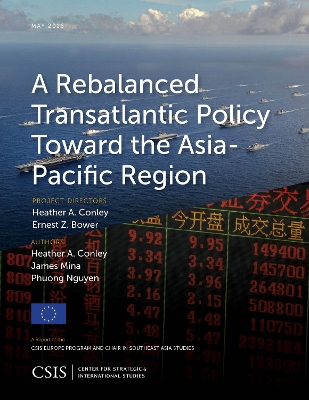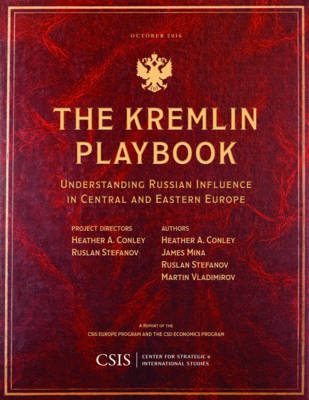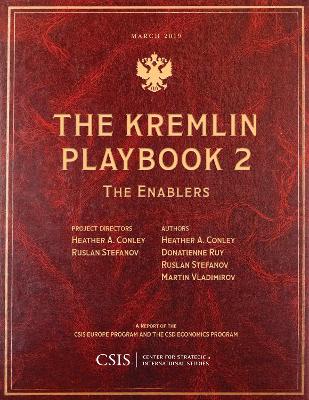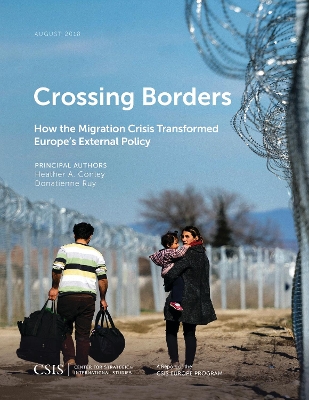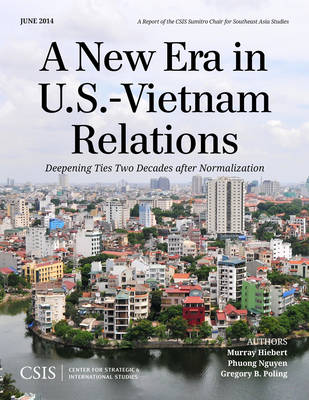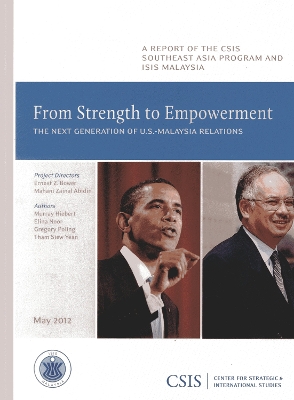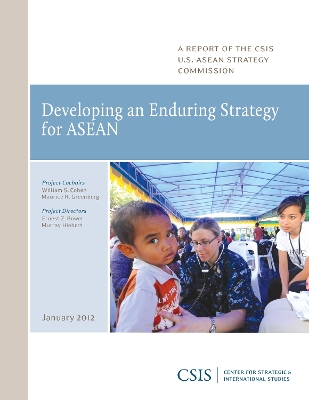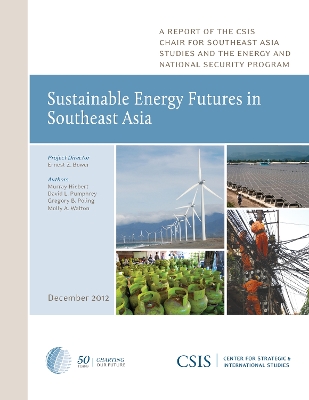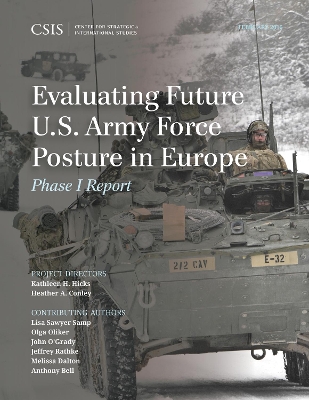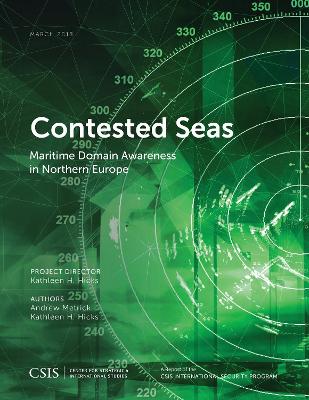CSIS Reports
16 total works
A U.S.-Indonesia Partnership for 2020
by Murray Hiebert, Ted Osius, and Gregory B. Poling
Building a More Robust U.S.-Philippines Alliance
by Murray Hiebert, Phuong Nguyen, and Gregory B. Poling
A Rebalanced Transatlantic Policy Toward the Asia-Pacific Region
by Heather A. Conley, James Mina, and Phuong Nguyen
The Kremlin Playbook
by Heather A. Conley, James Mina, Ruslan Stefanov, and Martin Vladimirov
The Kremlin Playbook 2
by Heather A. Conley, Ruslan Stefanov, Donatienne Ruy, and Martin Vladimirov
The Kremlin Playbook 2 concludes that Russian malign economic influence and illicit finance operate in a financial gray zone that is a clear and present danger to U.S. national security as well as transatlantic security. To push back against this threat, the United States and its European allies must take decisive action to limit Russia's malign behavior in their financial systems. Only transparency and enforcement of our rule of law can guarantee trust in the system and rebuild confidence in democratic institutions.
A New Era in U.S.-Vietnam Relations
by Murray Hiebert, Phuong Nguyen, and Gregory B. Poling
From Strength to Empowerment
by Murray Hiebert, Elina Noor, and Gregory Poling
Developing an Enduring Strategy for ASEAN
by Ernest Z. Bower and Murray Hiebert
Sustainable Energy Futures in Southeast Asia
by Murray Hiebert, David L. Pumphrey, and Gregory B. Poling
Evaluating Future U.S. Army Force Posture in Europe
by Kathleen H. Hicks and Heather A. Conley

